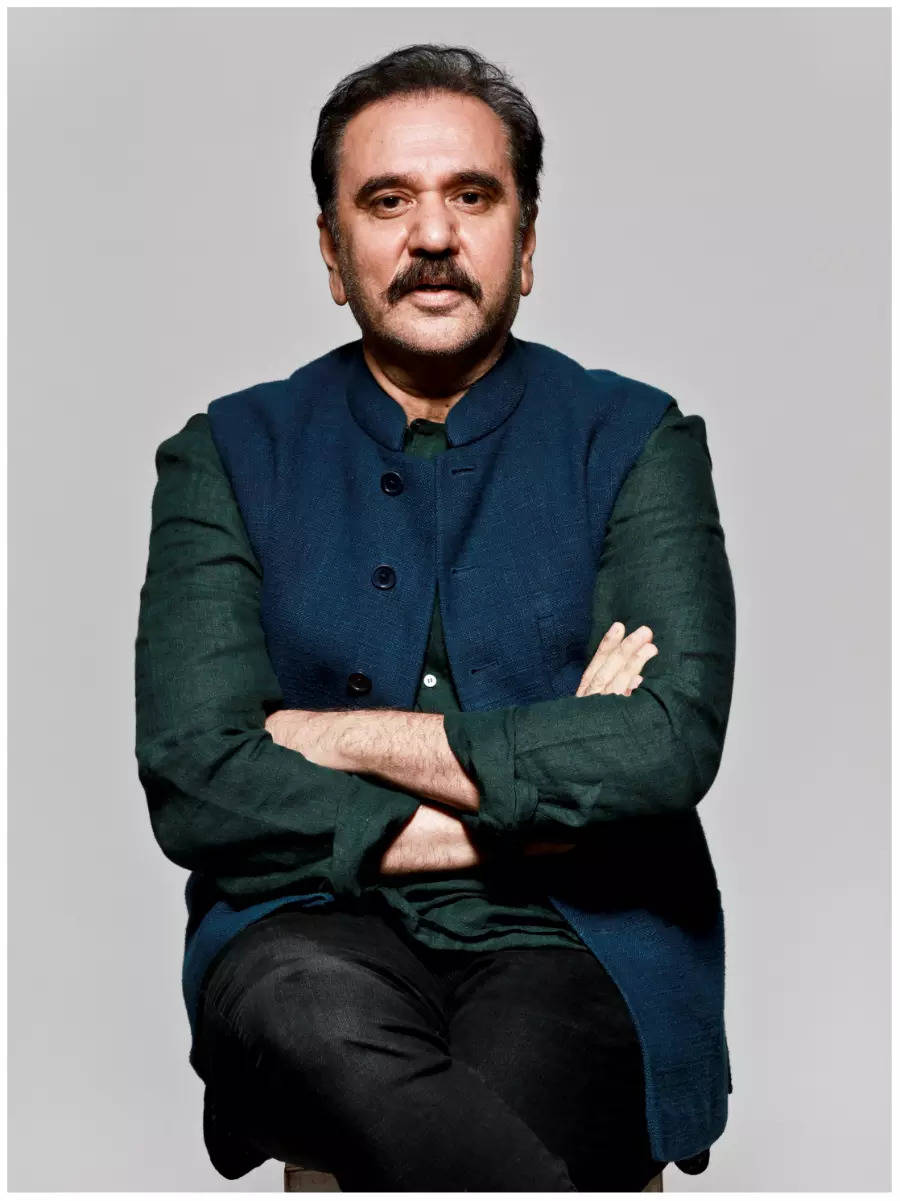Mughal-e-Azam The Musical earned appreciation not just across India but internationally as well. What were the challenges that you faced with creating, staging Mughal-e-Azam?
When I entertained the idea of adapting ‘Mughal-E-Azam’ for the stage, the level of complexity and scale that I visualised seemed impossible to achieve. But then I have always been drawn to projects that challenge me out of my comfort zone. There was also the task of mobilising sufficient resources, a cast and crew and the talent that could do justice to the grandeur of K Asif’s vision and to the musicality, choreography, and production values of his film. Finding a venue with a fluid, movable stage that could accommodate our vision also did not seem easy, but the idea began to appear achievable. In 2016 we now had a beautiful theatre in Mumbai and the technology could enable us to somewhat match the film’s scale. Fortunately, the original producer of the film loved the concept and came on board to produce the musical. One thing led to another and here we are today!
You have given us Tumhari Amrita, Saalgirah, Salesman Ramlal and Mahatma vs Gandhi, Mughal-e-Azam, Raunaq and Jassi – what genre fascinates you the most?
I always engage with a story and the ideas it is trying to articulate and not so much with a genre, to begin with. Then the story decides what genre will suit it best. So an intimate story like ‘Tumhari Amrita’ had to be staged without flourishes while ‘Mughal-e-Azam: The Musical’ had to be steeped in grandeur. Every story I choose has some fascinating aspect that compels me to explore it, go deeper and then give it a requisite form.

What do you think is the toughest part of recreating cult classics like Mughal-e-Azam and Romeo and Juliet?
The toughest part, I would say, is to carry a beloved classic’s legacy forward in a different medium and interpret it in a unique voice. ‘Mughal-e-Azam: The Musical’ for instance deviates from the bombastic dialogue delivery in the film and brings forth the essence of the story to the audience. It stays true to the many themes that the writers of the film Kamal Amrohi, Wajahat Mirza, Ehsan Rizvi, and Amanullah Khan wove in the narrative. The themes of humanism, egalitarianism, and rebellion against rigid social systems. In a world where wars are fought for pelf and power, here was a prince willing to die for love! How do we present gender equations in keeping with the times was another question. There was also the challenge of singing and performing live but somehow, we managed to negotiate with it.





